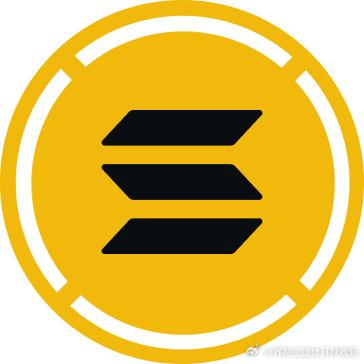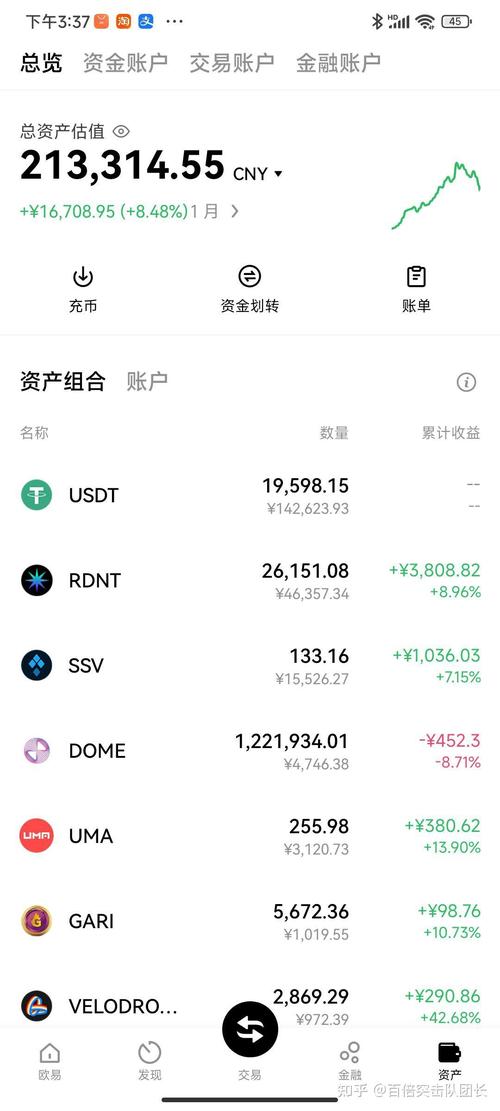
Understanding Binance ETH Transfer Network: A Comprehensive Guide
When it comes to transferring Ethereum (ETH) on the Binance platform, understanding the network is crucial for a smooth and secure transaction. In this detailed guide, we will explore the various aspects of the Binance ETH transfer network, including its features, fees, and security measures. Whether you are a beginner or an experienced trader, this article will provide you with the knowledge you need to navigate the Binance ETH transfer network effectively.
How Does the Binance ETH Transfer Network Work?
The Binance ETH transfer network operates on the Ethereum blockchain, which is a decentralized platform that enables the creation of smart contracts and decentralized applications (DApps). When you initiate an ETH transfer on Binance, the transaction is recorded on the Ethereum blockchain and confirmed by network nodes.

Here’s a step-by-step breakdown of how the Binance ETH transfer network works:
-
Initiate a transfer on Binance: To start the process, log in to your Binance account and navigate to the “Funds” section. Select “Withdraw” and choose Ethereum (ETH) as the cryptocurrency you want to transfer.
-
Enter the recipient’s address: Enter the Ethereum address of the recipient in the designated field. Make sure to double-check the address to avoid sending funds to the wrong person.
-
Set the amount: Enter the amount of ETH you wish to transfer. Keep in mind that network fees may be deducted from your transfer amount.
-
Review and confirm: Before submitting the transaction, review the details, including the recipient’s address, amount, and network fees. Once you are satisfied, click “Submit” to initiate the transfer.
-
Transaction confirmation: After submitting the transaction, it will be added to the Ethereum blockchain. The transaction will be confirmed by network nodes, and the ETH will be transferred to the recipient’s address.
Understanding Network Fees
Network fees are an essential aspect of the Binance ETH transfer network. These fees are paid to the network nodes that validate and process transactions. The fees vary depending on the network’s congestion and the size of the transaction.
Here are some key points to consider regarding network fees:
-
Fees are denoted in Gwei: Network fees on the Ethereum network are denoted in Gwei, which is a smaller unit of the Ether (ETH) cryptocurrency. 1 Gwei is equivalent to 0.000000001 ETH.
-
Fees can vary: The fees can vary significantly depending on the network’s congestion. During peak times, fees may be higher, while during off-peak times, fees may be lower.
-
Estimate fees: Binance provides an estimated network fee based on the current network congestion. You can view the estimated fees before submitting the transaction.
-
Impact on transfer amount: Network fees are deducted from the transfer amount. Therefore, the actual amount received by the recipient may be less than the amount you intended to send.
Security Measures
Security is a top priority when it comes to transferring ETH on the Binance platform. Here are some of the security measures implemented to protect your funds:

-
Two-factor authentication (2FA): Enable 2FA on your Binance account to add an extra layer of security. This ensures that only you can access your account and initiate transactions.
-
Multi-signature wallets: Binance uses multi-signature wallets for storing user funds. This means that multiple private keys are required to access and transfer funds, reducing the risk of unauthorized access.
-
Regular security audits: Binance conducts regular security audits to identify and address potential vulnerabilities in its platform.
-
Insurance: Binance offers insurance coverage for certain types of transactions, providing an additional layer of protection for your funds.
Best Practices for Using the Binance ETH Transfer Network
Here are some best practices to ensure a smooth and secure experience when using the Binance ETH transfer network:
-
Keep your account secure: Always use strong passwords, enable 2FA, and be cautious of phishing attempts.
-
Double-check recipient addresses: Before initiating a transfer, double-check the recipient’s address to avoid sending funds to the wrong person.
-
Monitor network fees: Keep an eye on network fees, especially during



